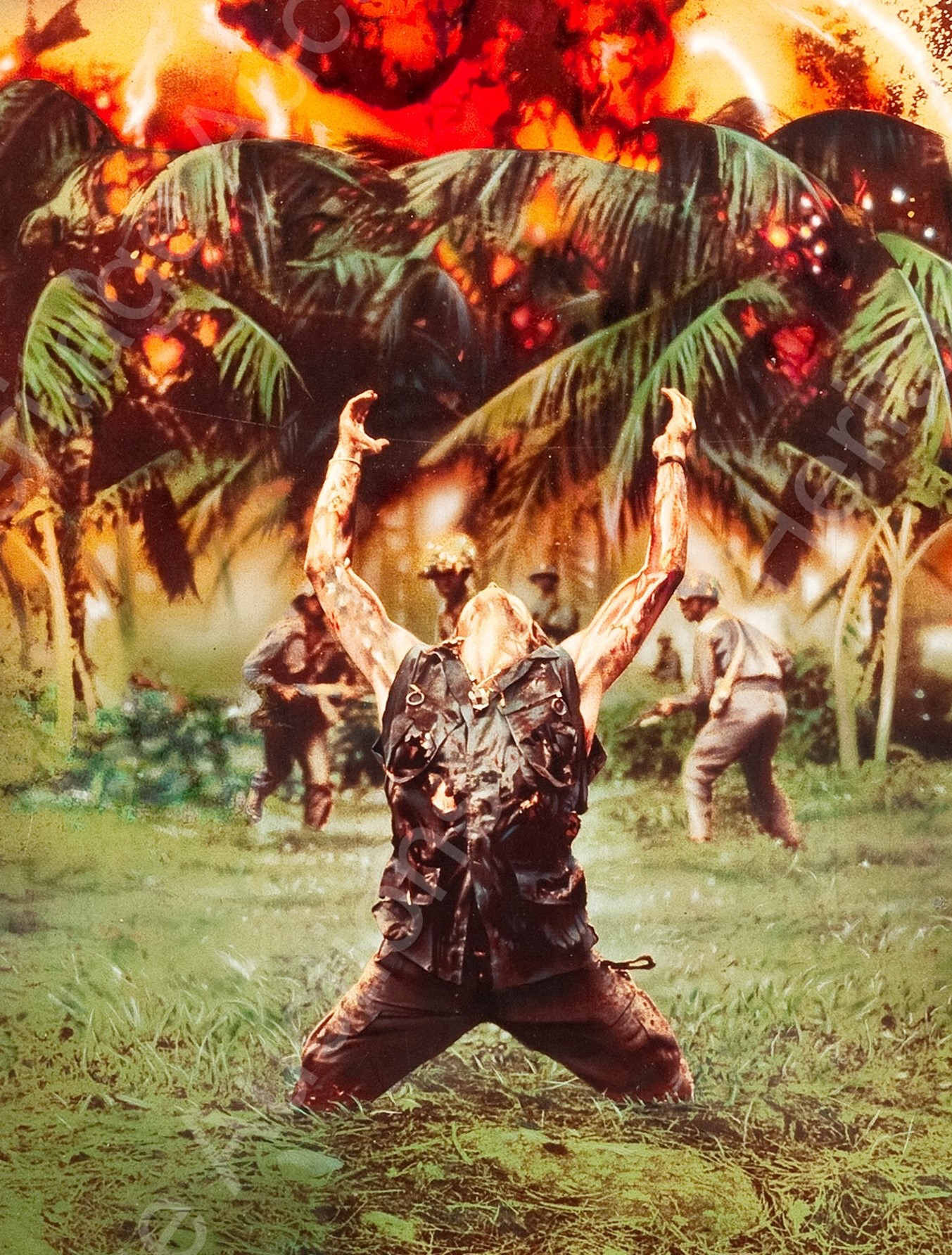
By Jim O’Neal
The decision to mount a sustained bombing campaign was not made until Feb. 13, 1965 – two days after the Viet Cong had launched yet another attack on the U.S. barracks at Qui Nhon. The significance was that this decision, which had taken so long, had been kept completely separate from the decision on combat troops. It was to be an activity unto itself. But in their hearts, the military knew better and this was a crucial lapse in judgment. It differed sharply from the decision-making in 1954, when the Army staff cast serious reservations about U.S. aerial intervention in Indochina.
In 1954, Army Chief of Staff Matthew Ridgway had made one thing crystal clear: Air power and ground power could not be separated. If air power was used and failed, ground power would almost certainly be necessary. In 1965, no one made the comparable case as the pressure for bombing escalated too fast.
The bombing campaign was going ahead under the name of Rolling Thunder, designed to force the other side to start negotiating, thus avoiding the use of ground troops. In the intelligence community, the ones most knowledgeable about Vietnam knew with certainty that Hanoi would never negotiate or capitulate. However, the principals were convinced that bombings would preclude the use of any ground forces.
On Feb. 22, nine days after the decision to go ahead with the bombing, General William Childs Westmoreland – commander of U.S. forces in Vietnam – sent in a request for two battalions of Marine Corps, strictly to provide security for the U.S. air base in Danang. It was a modest request, just the two groups, and the mission was minor, as well. Just provide security.
This was the first time American combat units would arrive as units. There was a nagging fear among many in Washington and Saigon that this was not the end. However, it was a small request and it had to be done.
After all, slipping in the first troops was just an adjustment, an asterisk really, to the firm decision they had made to avoid sending in troops. Of course, there had to be protection for the airplanes and if there was bombing, then you needed airfields. And if there were airfields, then troops were needed for security. No one pointed out that a regiment is small and can’t really protect itself. Even as they were bombing, they were preparing for a new rationale: the protection of men and material. The expanding rationale would provide its own rhythm of escalation. The whole basis of the escalation and of providing ground troops hung on a slender hope; it would be brief.
Four short years later, in 1969, United States troops in Vietnam peaked at 549,500, with 16,592 KIA (killed in action).
It is hard to win a war, even with vastly superior forces, if the other side is determined to never quit. You can even leave the country, as we did in Iraq, but chances are you will be back. Especially in wars on “terrorism,” even if you choose to quit, who do you surrender to?
 Intelligent Collector blogger JIM O’NEAL is an avid collector and history buff. He is president and CEO of Frito-Lay International [retired] and earlier served as chairman and CEO of PepsiCo Restaurants International [KFC Pizza Hut and Taco Bell].
Intelligent Collector blogger JIM O’NEAL is an avid collector and history buff. He is president and CEO of Frito-Lay International [retired] and earlier served as chairman and CEO of PepsiCo Restaurants International [KFC Pizza Hut and Taco Bell].
